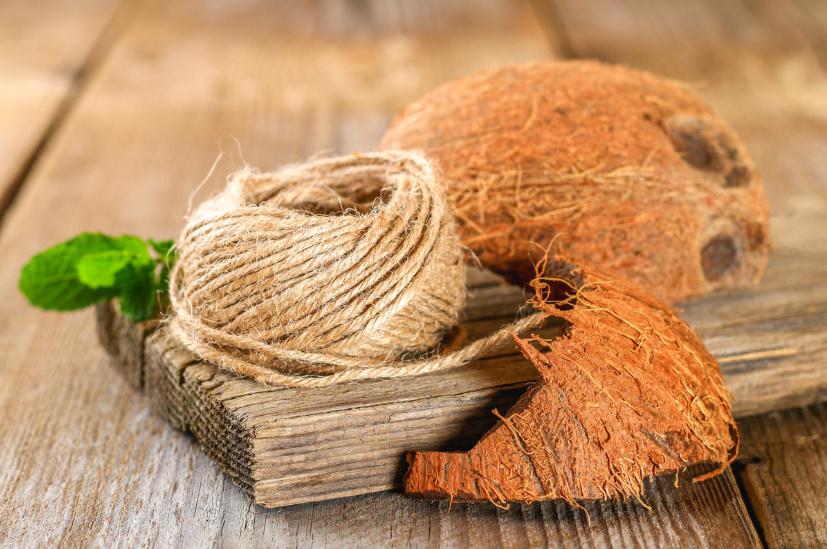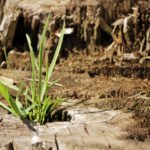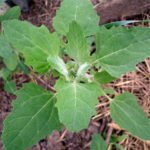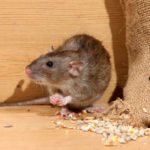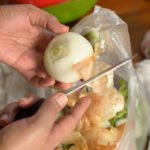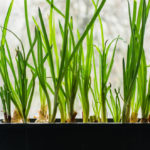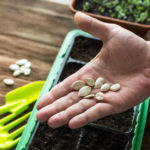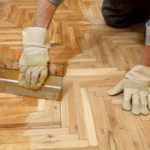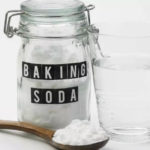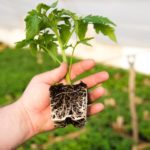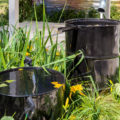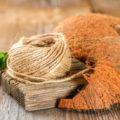6. Coconut mulch
A large fraction of crumbs or cut into chunks of coir. It can be used as a regular mulch — it retains moisture, levels temperature fluctuations, and inhibits the growth of weeds. It is especially convenient to use under perennial crops, because the service life of this material is about 5 years. Such mulch is very moisture-intensive, does not rot for years (it is not for nothing that sea ropes were made of fiber!) and it looks aesthetically pleasing.
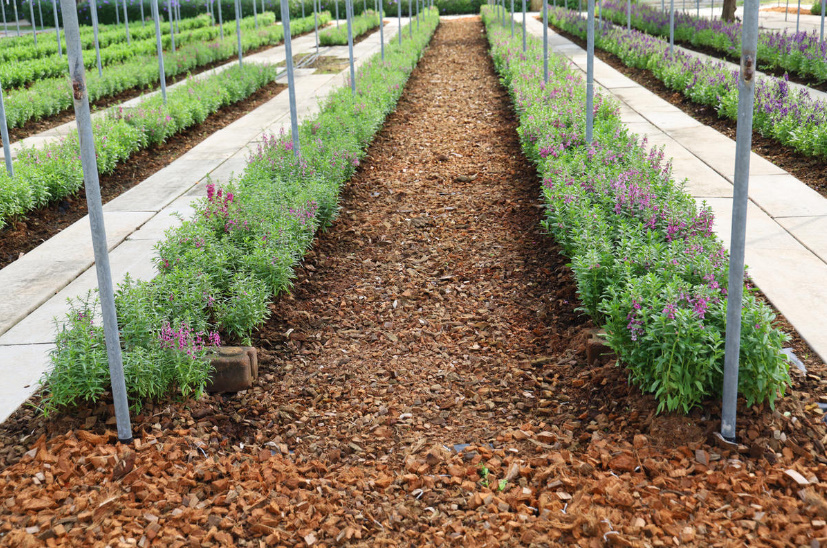
In addition to bulk mulching material, there is also a sheet — pressed coconut fiber. It can be purchased in the form of “mats” of small size, in a roll, in the form of finished products (for example, barrel circles).
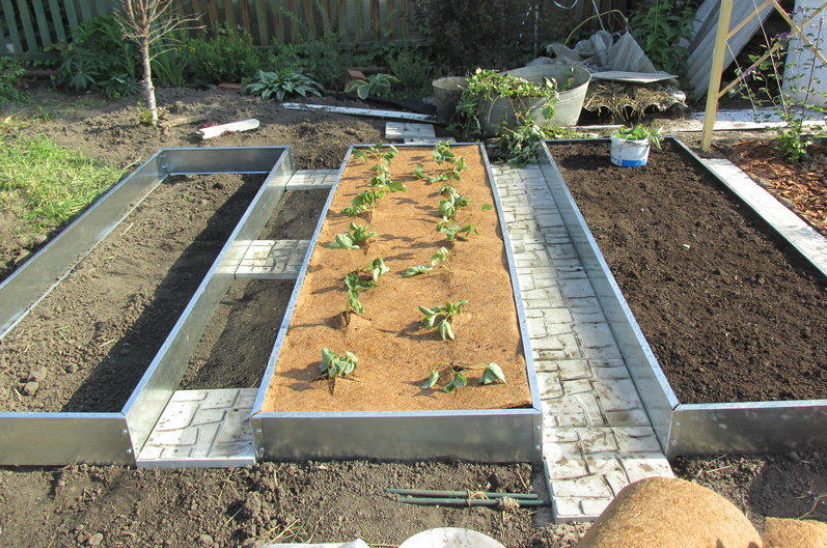
Coconut fiber is pressed into a sheet without chemical adhesives, that is, the material is completely eco—friendly and self-decomposing over time. In addition to mulching beds, it can be used as a covering of paths, for example, in a greenhouse and as a covering material for winter “houses” of heat-loving crops.
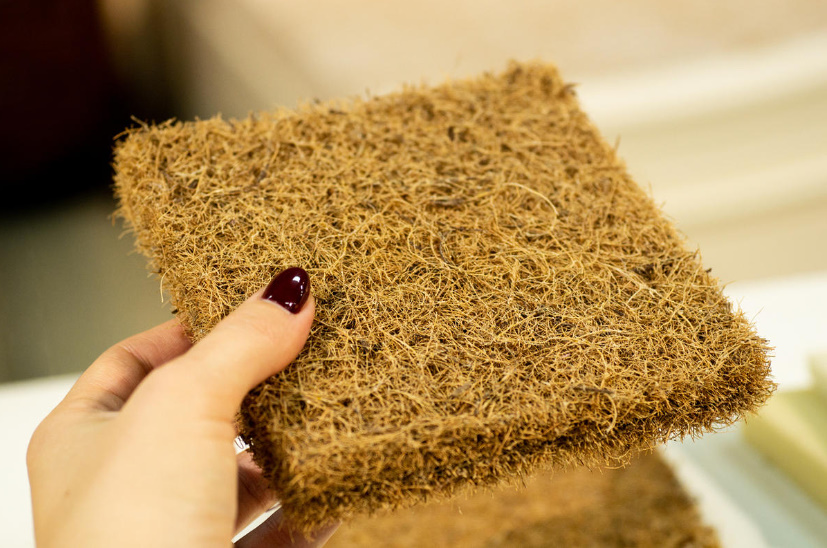
7. Coconut geotextile
If the coir mulching cloth, according to reviews, really prevents the germination of weeds, then geotextile made of coconut fiber, on the contrary, is designed to ensure that vegetation sprouts perfectly through it. This material is used to strengthen the soil (for example, slopes). A mesh made of raw materials that does not rot for a long time, while plants take root and grow in favorable conditions, and then disappears without harm to nature, is a good solution for the formation of alpine slides or the shores of reservoirs. It is also useful in landscaping the pond itself — for planting aquatic plants. There are options for landscape design, where the seeds of lawn grasses are already placed in a two—layer geotextile made of coir: rolled out on the slope, fixed with wooden pegs – and just add water.
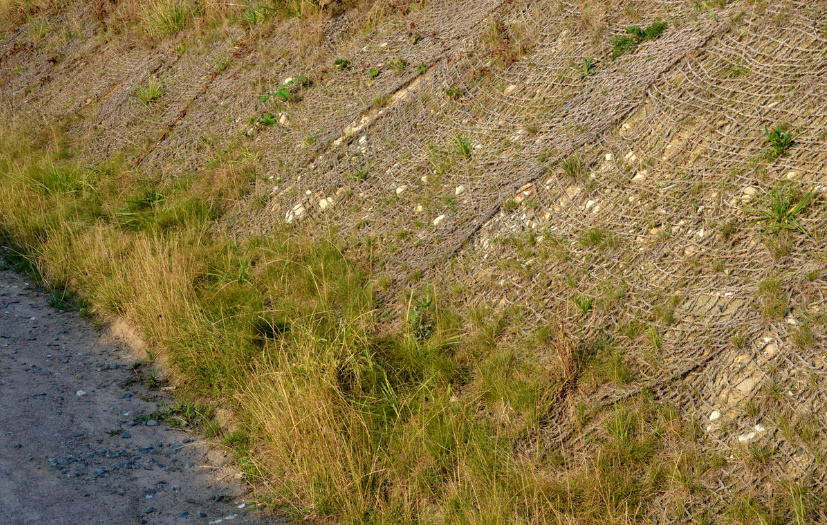
8. Coconut logs
If you have started large—scale work on the vertical layout of the site (strengthening the slopes, creating artificial reliefs), take a closer look at another product — coconut “logs” – long bags of coir geotextile filled with coconut substrate.
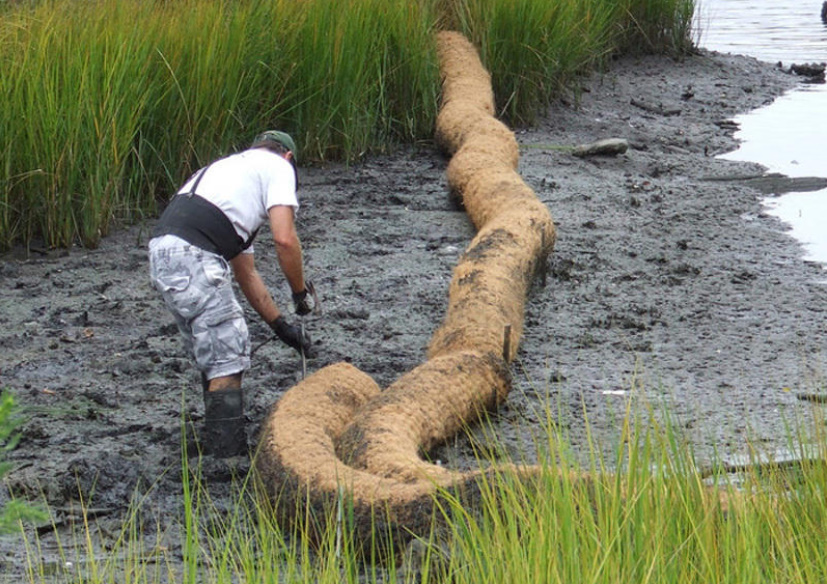
The “logs” are light (six—meter-long – weighs only about 40 kg), durable and perfectly integrated into the ecological situation: after a certain time they will decay, leaving instead the soil in the form of a hill or the shoreline of a pond.
9. Coconut chips
Large fractions of coconut substrate can be used to improve the structure of heavy clay soils — or the buffering of sandy soils.
10. For our smaller brothers
Not really about gardening, but summer residents grow not only vegetables: coconut substrate is an excellent litter for animals, and not only agricultural or kitty dogs. This is a suitable material for terrariums and aquariums, it is used as a soil or decorative “minks”.

You can also recall coconut supports of different sizes to support plants — both indoor and growing in greenhouses and open ground. Sticks of different lengths have a plastic core wrapped with coconut fiber on top.
All kinds of twine and ropes are made: as we remember, they do not rot for a long time and turn out to be much more reliable than polypropylene cord decomposing from UV rays during the season. But these products made of coconut fiber for gardeners, probably, should not be separated into separate items.
What is the strength of coconut substrate
Some sellers of coconut substrate claim that the soil from it will be nutritious for plants by itself — allegedly because a young coconut palm has been growing for quite a long time from a coconut fruit lying on the surface of the earth. However, it’s not quite like that. The sprouting fruit of the coconut palm is really not buried in the soil — simply because it is very large (some specimens can reach 0.5 m in diameter). The plant had to adapt to germinate on the surface.
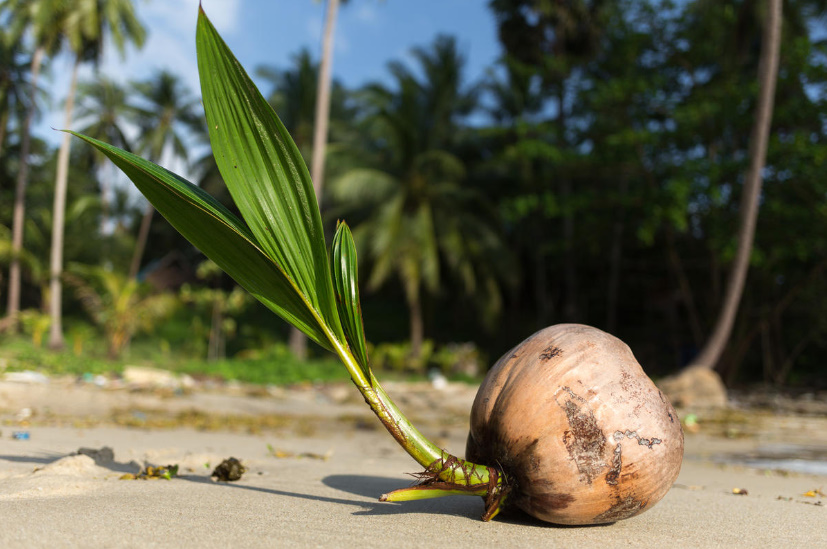
But the seedling feeds, as usual, by plunging the roots into the soil. By the way, this fact should be taken into account if you plan to grow a coconut palm from seeds: you do not need to bury a giant fruit in the ground, 2/3 of its volume should remain above it. The coconut pulp around the seed serves for the plant not as food (there is nothing nutritious there), but as protection: it reliably protects the sprout from drying out, overheating and mechanical damage, while simultaneously allowing it to breathe.
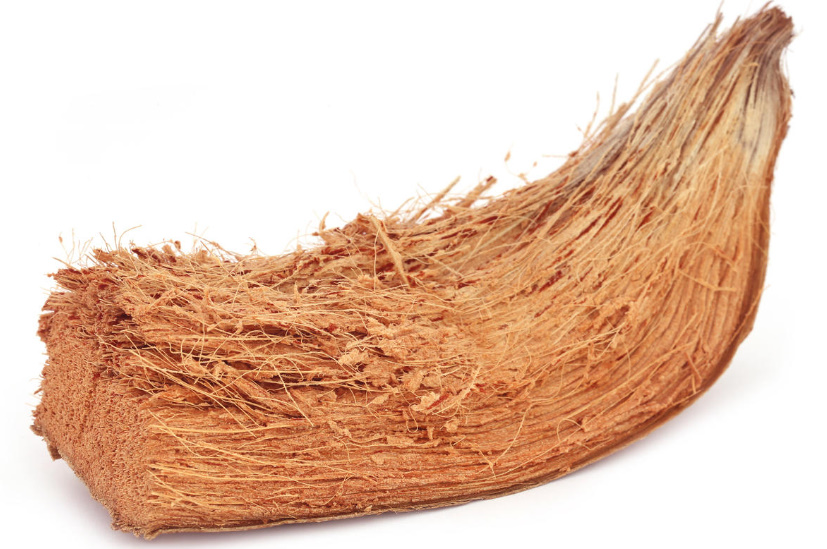
This is the main positive differences between coconut substrate and other varieties of artificial soils: it is very hygroscopic (1 kg of dry material can absorb and retain up to 12 liters of water), but at the same time it easily gives water to plant roots and is permeable to air. In such a soil, two of the biggest problems of seedlings are solved simultaneously: tender roots do not dry out and there are no conditions for the development of root rot and black legs. The porous structure, which has a neutral pH level, allows the plant to grow a powerful root system without obstacles. Nutrients, if the manufacturer of the substrate has not added them specifically, are introduced either during watering, or when the coconut fiber is pre-saturated with water: the mass is soaked in a fertilizer solution. There are special products for coconut substrate, but ordinary mineral fertilizers are also suitable.
Do you use coconut substrate in your garden? What, from your point of view, is it best suited for? Share your experience in the comments.
